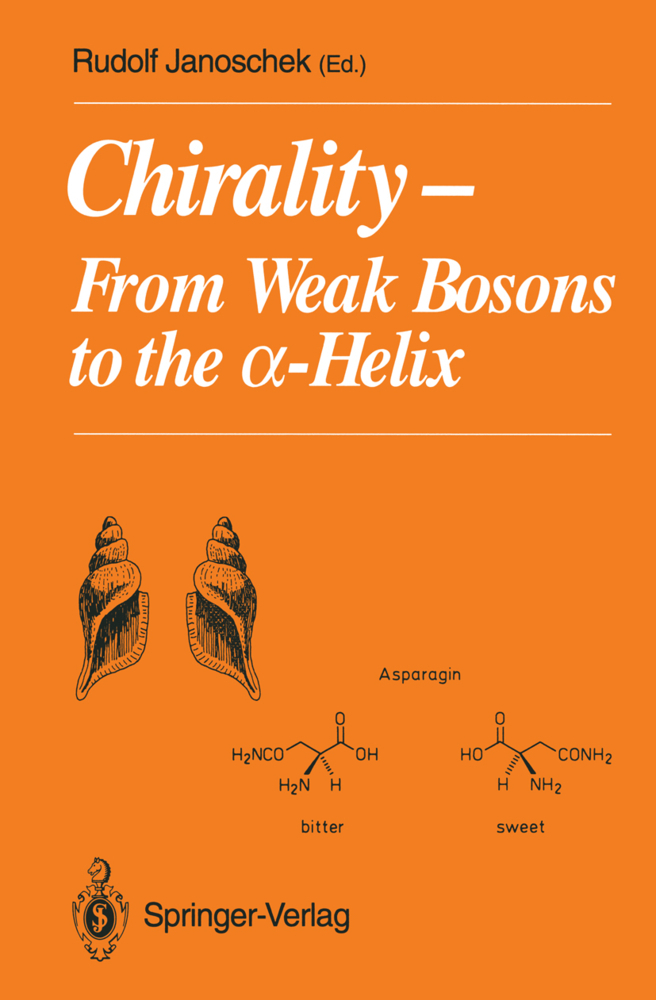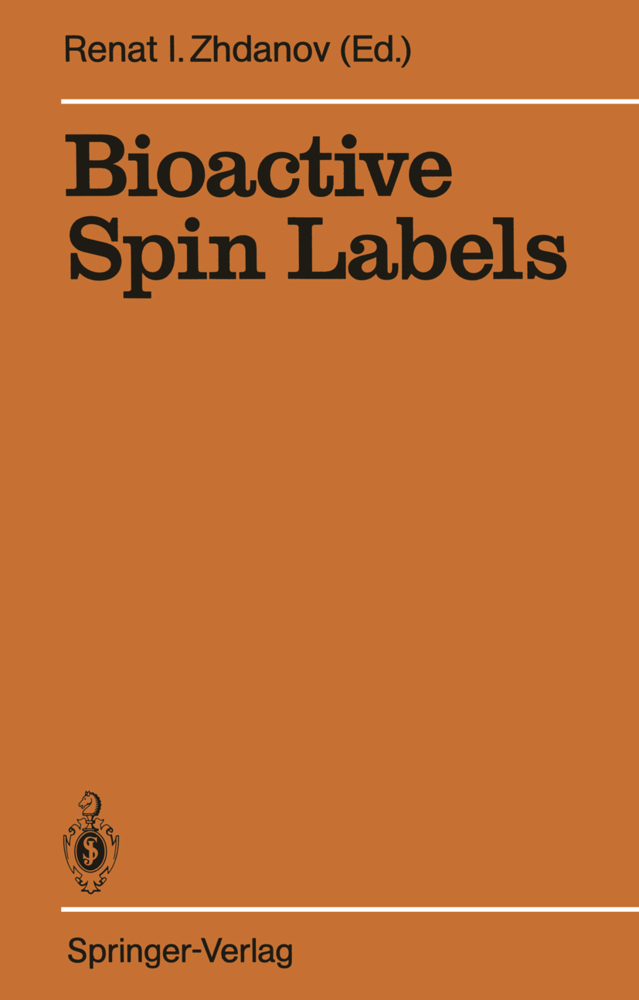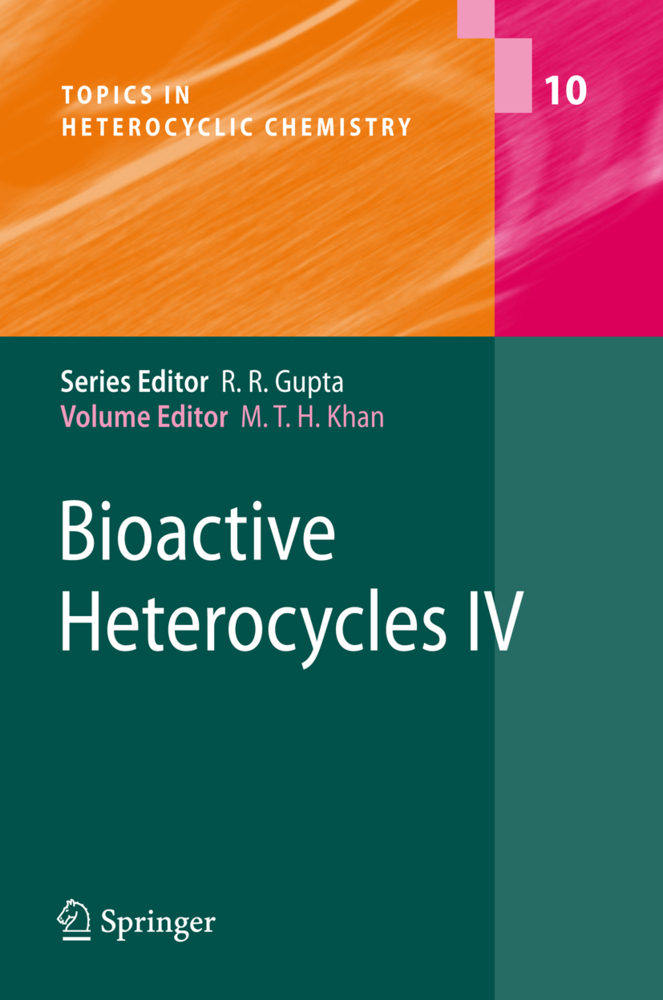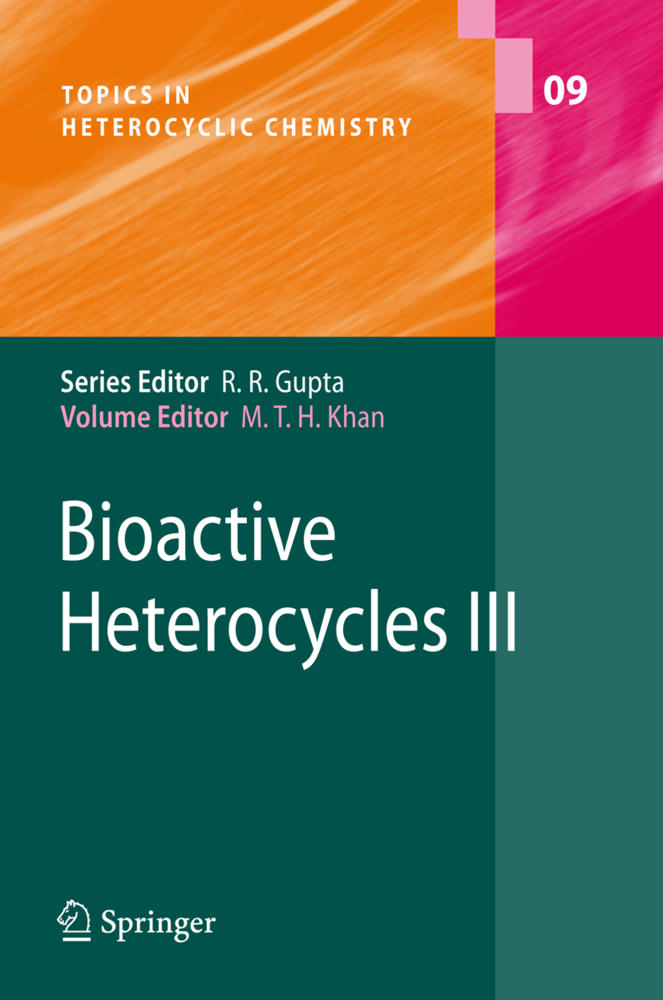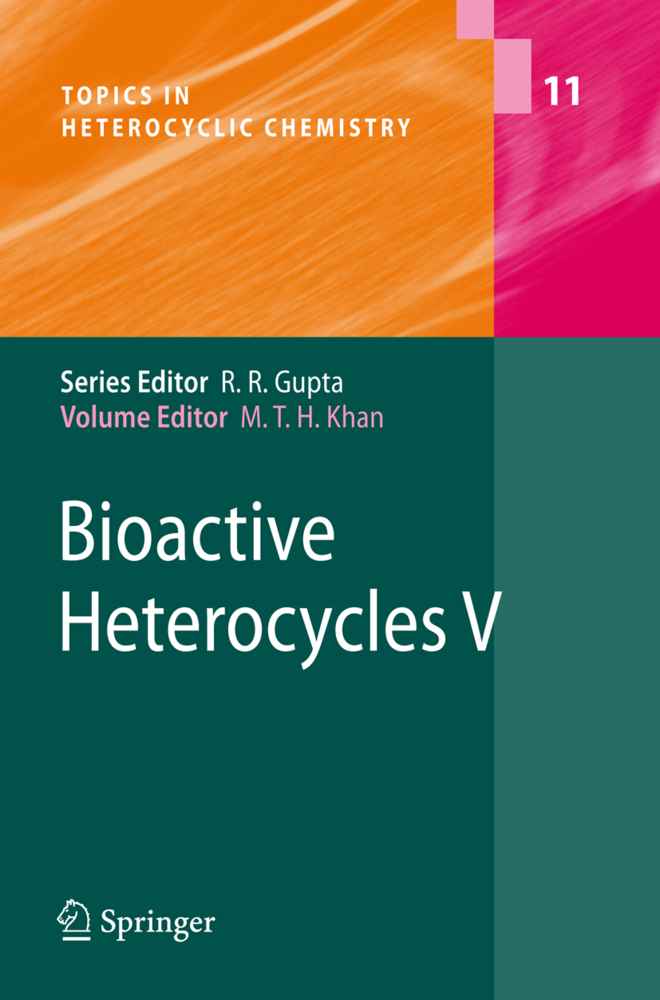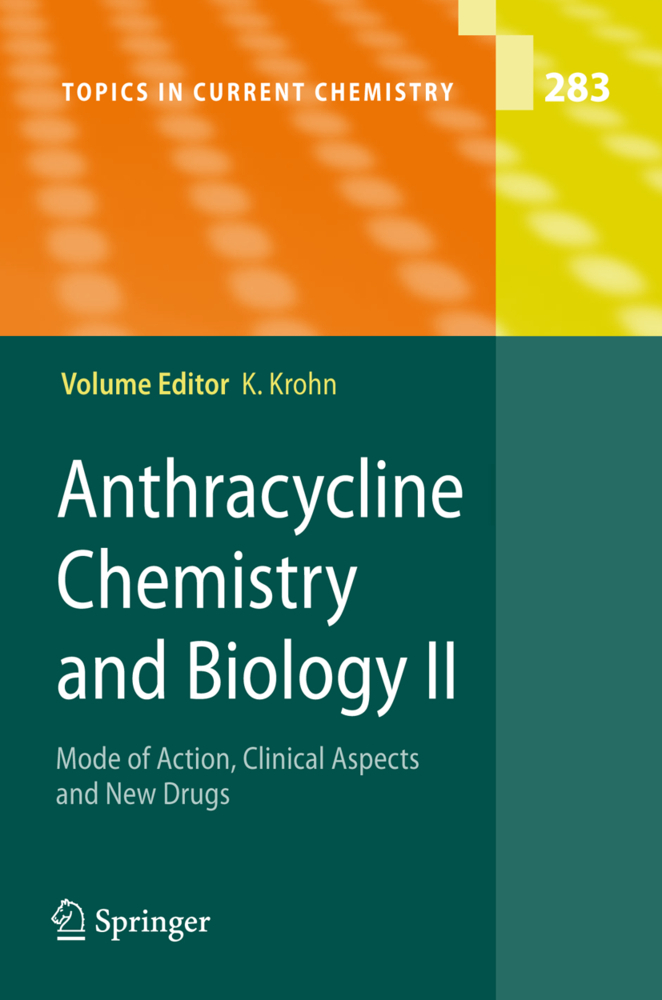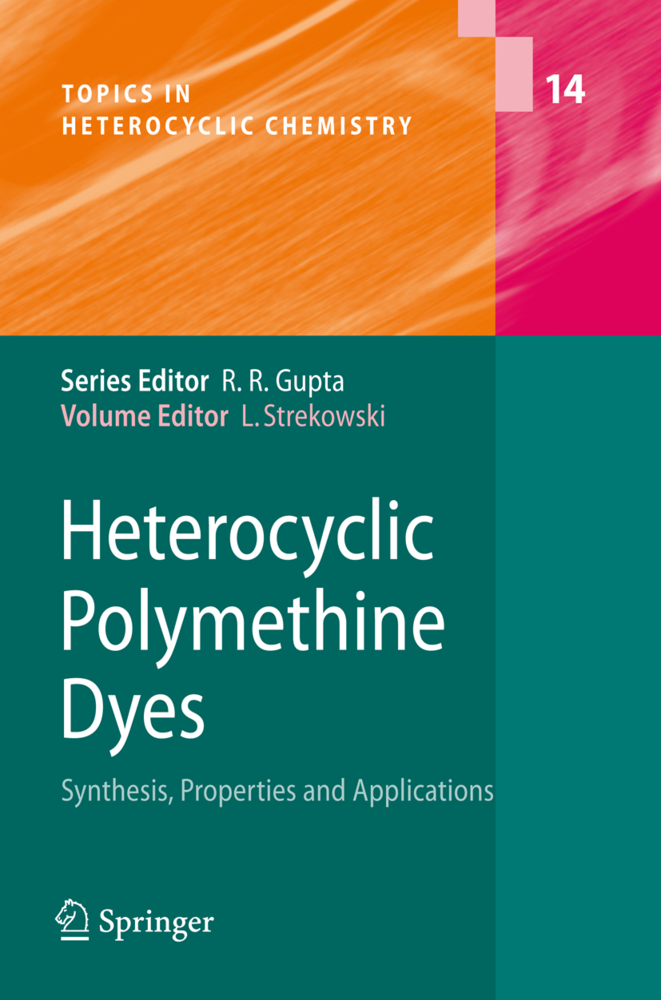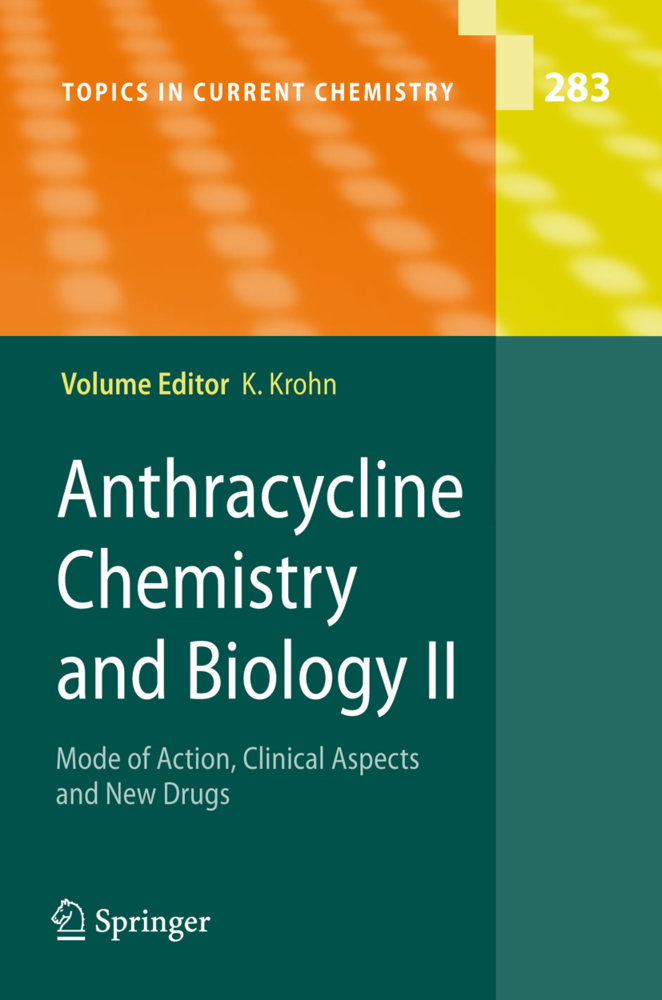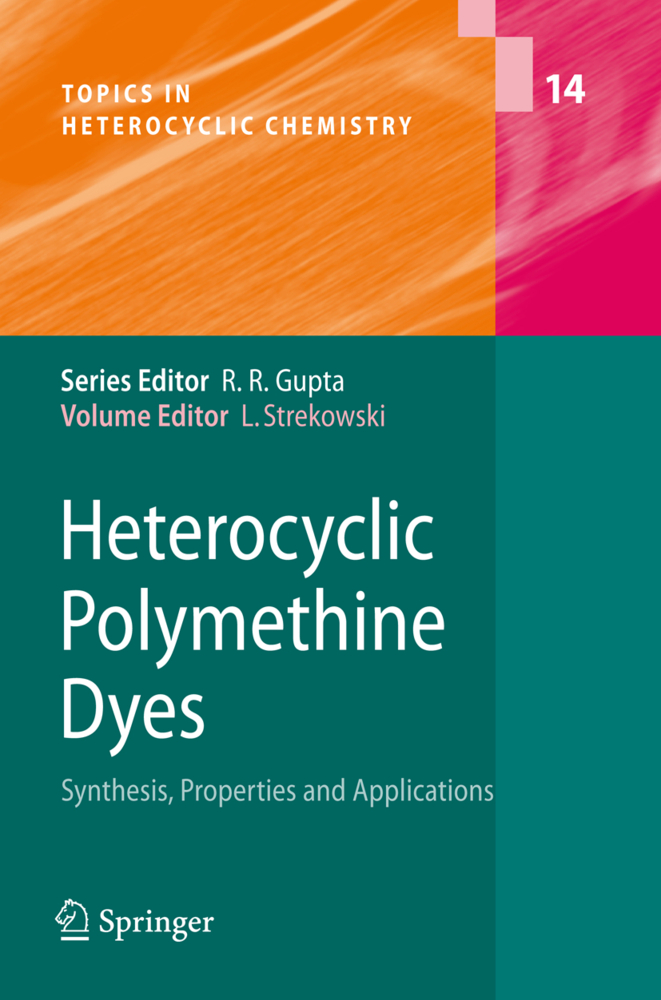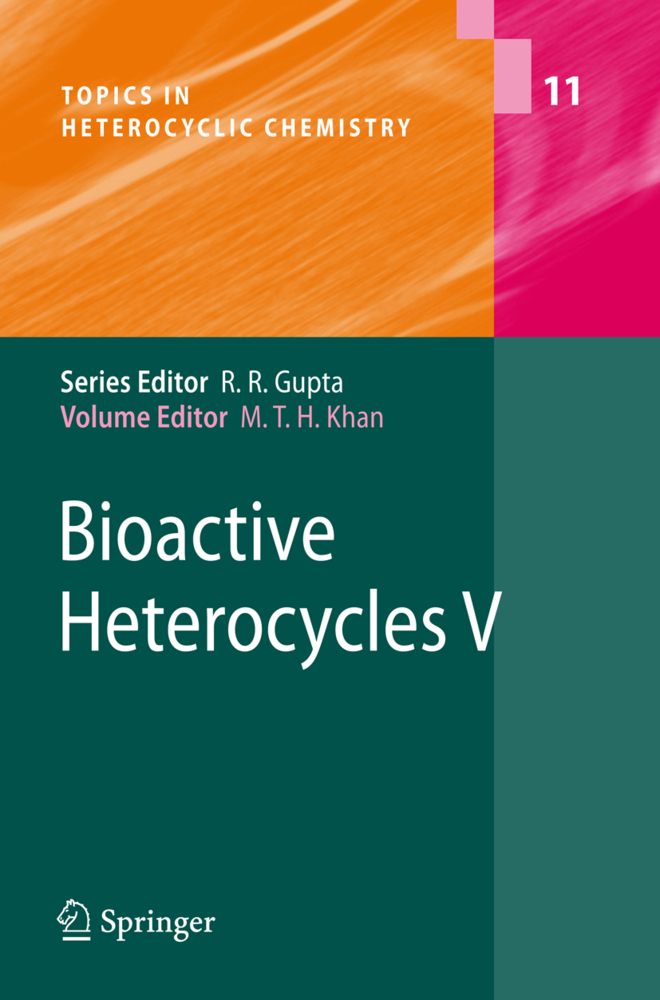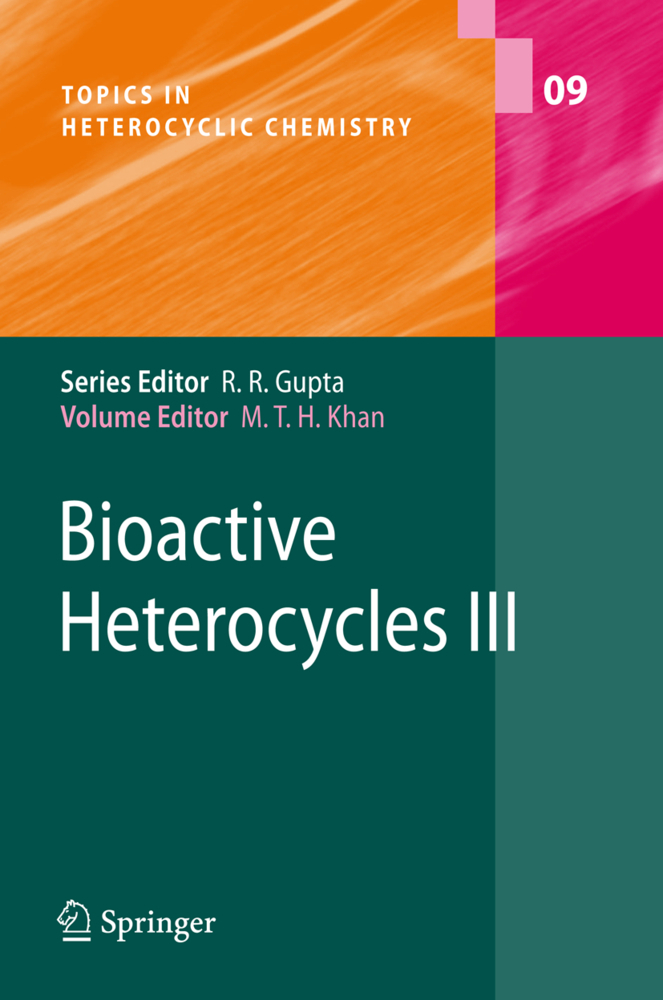Chirality
From Weak Bosons to the ?-Helix
Chirality
From Weak Bosons to the ?-Helix
Les hypotheses, n'en deplaise a mon contradicteur, sont l'ame des progres de la science. Louis Pasteur The concept of chirality, established 100 years ago, plays an im portant role in almost all domains and dimensions of our recent scientific view of life. Chiral properties can be found in fundamen tal nuclear particles, in molecules, and in the macroscopic world of living nature (plants and animals) and inanimate nature (crystals). In particular, chirality, or more precisely chiral excess, is evident in human beings. For example, the expected symmetry of the hands turns out to be functionally non-existent. Consequently chirality occurs in the technical sphere, where screws are the best-known examples, since most of them are made for right-handed people. Chirality is not confined to static objects but influences processes such as chemical reactions. The occurrence of chiral objects on different dimensional scales has been treated in the past in mutually independent frameworks. There were, however, two remarkable events from which the conclu sion can be drawn that the appearance of chirality in various fields has a common cause. On the one hand, physicists found evidence that the well-known biomolecular homochirality can be traced back to the chirality of weak bosons. At the same time, on the other hand, the so-called thalidomide tragedy occurred when thalido mide molecules of a certain chirality, taken by pregnant women, caused deformed children.
1.2 Parity
1.3 Elementary Particles and Forces
1.4 Parity-Violating Effects in Atoms
1.5 References
2 Theories on the Origin of Biomolecular Homochirality
2.1 Introduction
2.2 Observability of Chiral Molecular Structures
2.3 Kinetic Models for Unstable Equilibrium
2.4 Kinetic Models with Instrinsic Asymmetry
2.5 Parity-Violating Energy Differences Between Enantiomers
2.6 Homochirality from Stochastic Equations
2.7 References
3 Chirality and Group Theory
3.1 Introduction
3.2 The Principle of Pairwise Interactions
3.3 The Theory of Chirality Functions
3.4 The Approximation Methods
3.5 Determining the Lowest-Degree Chirality Polynomials
3.6 Qualitative Completeness and Supercompleteness
3.7 Counting Enantiomeric Pairs
3.8 References
4 Helicity of Molecules - Different Definitions and Application to Circular Dichroism
4.1 Introduction
4.2 The Ideal Finite Helix
4.3 Real Molecules or Parts of Them, Fractions of a Helix
4.4 Rules
4.5 Some Applications
4.6 Summary
4.7 References
5 Anomalous Dispersion of X-Rays and the Determination of the Handedness of Chiral Molecules
5.1 Introduction
5.2 "Normal" X-Ray Diffraction
5.3 Past, Presence and Future Use of Anomalous Scattering
5.4 References
6 Chirality in Organic Synthesis - The Use of Biocatalysts
6.1 Chirality in Organic Chemistry and Biochemistry
6.2 Biocatalysts in Organic Chemistry - General Remarks
6.3 Enzymes
6.4 Use of Whole Cell Systems
6.5 Application of Biocatalytic Hydrolysis
6.6 Reduction and Oxidation Using Biocatalysts
6.7 Further Applications
6.8 Special Techniques and Novel Developments
6.9 Comparison of Methods and Outlook
6.10 References
7 Preparation ofHomochiral Organic Compounds
7.1 Introduction
7.2 Separation Techniques
7.3 Homochiral Building Blocks from Natural Products
7.4 Auxiliary Modified Substrates
7.5 Homochiral Reagents
7.6 Homochiral Catalysts
7.7 References
8 Transition Metal Chemistry and Optical Activity - Werner-Type Complexes, Organometallic Compounds, Enantioselective Catalysis
8.1 Werner-Type Complexes
8.2 Organometallic Compounds
8.3 Enantioselective Catalysis with Optically Active Transition Compounds
8.4 References
9 Strategies for Liquid Chromatographic Resolution of Enantiomers
9.1 Background of Basic Chromatorgraphic Terms
9.2 Strategies to Separate Enantiomers by Chromatographic Techniques
9.3 Thermodynamic and Kinetic Considerations for Chromatographic Enantioseparation
9.4 Enantioselective Liquid Chromatography
9.5 Direct Enantioseparation by Liquid Chromatography
9.6 Chiral Phases Using Polymers as Chiral Selectors
9.7 Chiral Stationary Phases Using Proteins (Polypeptides) as Chiral Selectors
9.8 Chiral Stationary Phases Based on Synthetic Chiral Polymers
9.9 Chiral Stationary Phases Based on "Brush Type" Immobilization of Small Selector Molecules
9.10 Final Remarks on Brush Type and Inclusion Type CSPs
9.11 Indirect Enantioseparation
9.12 Final Remarks
9.13 References
10 The Nucleoproteinic System
10.1 Introduction
10.2 The Chiral Message
10.3 The Evolution of the Chiral Amphiphilic Patterns
10.4 Stabilization Within the Dynamics
10.5 Outlook
10.6 References.
1 Parity Violation in Atomic Physics
1.1 Introduction1.2 Parity
1.3 Elementary Particles and Forces
1.4 Parity-Violating Effects in Atoms
1.5 References
2 Theories on the Origin of Biomolecular Homochirality
2.1 Introduction
2.2 Observability of Chiral Molecular Structures
2.3 Kinetic Models for Unstable Equilibrium
2.4 Kinetic Models with Instrinsic Asymmetry
2.5 Parity-Violating Energy Differences Between Enantiomers
2.6 Homochirality from Stochastic Equations
2.7 References
3 Chirality and Group Theory
3.1 Introduction
3.2 The Principle of Pairwise Interactions
3.3 The Theory of Chirality Functions
3.4 The Approximation Methods
3.5 Determining the Lowest-Degree Chirality Polynomials
3.6 Qualitative Completeness and Supercompleteness
3.7 Counting Enantiomeric Pairs
3.8 References
4 Helicity of Molecules - Different Definitions and Application to Circular Dichroism
4.1 Introduction
4.2 The Ideal Finite Helix
4.3 Real Molecules or Parts of Them, Fractions of a Helix
4.4 Rules
4.5 Some Applications
4.6 Summary
4.7 References
5 Anomalous Dispersion of X-Rays and the Determination of the Handedness of Chiral Molecules
5.1 Introduction
5.2 "Normal" X-Ray Diffraction
5.3 Past, Presence and Future Use of Anomalous Scattering
5.4 References
6 Chirality in Organic Synthesis - The Use of Biocatalysts
6.1 Chirality in Organic Chemistry and Biochemistry
6.2 Biocatalysts in Organic Chemistry - General Remarks
6.3 Enzymes
6.4 Use of Whole Cell Systems
6.5 Application of Biocatalytic Hydrolysis
6.6 Reduction and Oxidation Using Biocatalysts
6.7 Further Applications
6.8 Special Techniques and Novel Developments
6.9 Comparison of Methods and Outlook
6.10 References
7 Preparation ofHomochiral Organic Compounds
7.1 Introduction
7.2 Separation Techniques
7.3 Homochiral Building Blocks from Natural Products
7.4 Auxiliary Modified Substrates
7.5 Homochiral Reagents
7.6 Homochiral Catalysts
7.7 References
8 Transition Metal Chemistry and Optical Activity - Werner-Type Complexes, Organometallic Compounds, Enantioselective Catalysis
8.1 Werner-Type Complexes
8.2 Organometallic Compounds
8.3 Enantioselective Catalysis with Optically Active Transition Compounds
8.4 References
9 Strategies for Liquid Chromatographic Resolution of Enantiomers
9.1 Background of Basic Chromatorgraphic Terms
9.2 Strategies to Separate Enantiomers by Chromatographic Techniques
9.3 Thermodynamic and Kinetic Considerations for Chromatographic Enantioseparation
9.4 Enantioselective Liquid Chromatography
9.5 Direct Enantioseparation by Liquid Chromatography
9.6 Chiral Phases Using Polymers as Chiral Selectors
9.7 Chiral Stationary Phases Using Proteins (Polypeptides) as Chiral Selectors
9.8 Chiral Stationary Phases Based on Synthetic Chiral Polymers
9.9 Chiral Stationary Phases Based on "Brush Type" Immobilization of Small Selector Molecules
9.10 Final Remarks on Brush Type and Inclusion Type CSPs
9.11 Indirect Enantioseparation
9.12 Final Remarks
9.13 References
10 The Nucleoproteinic System
10.1 Introduction
10.2 The Chiral Message
10.3 The Evolution of the Chiral Amphiphilic Patterns
10.4 Stabilization Within the Dynamics
10.5 Outlook
10.6 References.
Janoschek, Rudolf
| ISBN | 978-3-642-76571-1 |
|---|---|
| Artikelnummer | 9783642765711 |
| Medientyp | Buch |
| Copyrightjahr | 2011 |
| Verlag | Springer, Berlin |
| Umfang | XI, 246 Seiten |
| Abbildungen | XI, 246 p. 24 illus. |
| Sprache | Englisch |

